In a stark warning, regulators were cautioned that time may be running out to control the emerging generation of artificially intelligent killing machines, reports Bloomberg Law. As governments from over 100 Countries gathered in Vienna to discuss the integration of AI with military technologies, the urgency of the situation was made clear.
The Proliferation of Autonomous Weapons
Autonomous weapons systems, including algorithms and unmanned aerial vehicles (UAVs), are rapidly spreading across battlefields in Ukraine and Gaza. These systems are already assisting military planners in deciding whether to strike targets, and soon, the decision-making process could be entirely outsourced to machines.

Austrian Foreign Minister Alexander Schallenberg likened the situation to the “Oppenheimer Moment” of our generation, referring to J. Robert Oppenheimer, who helped create the atomic bomb before advocating for nuclear arms control.
The Role of Drones and AI in Conflict
Drones and AI are playing an increasingly central role in global conflicts. Reports suggest that Israel has been using an AI program called “Lavender” to select assassination targets, allegedly playing a significant part in the “unprecedented bombing of Palestinians.” Tel Aviv-based +972 Magazine reported on this development, although Israel has disputed the claims.
Physicist Anthony Aguirre, who predicted the trajectory of this technology in a short 2017 film, stated, “The future of slaughter bots is here. We need an arms-control treaty negotiated by the United Nations General Assembly.”
Challenges in Controlling AI Weapons
Controlling the spread of AI weapons is complicated by the combination of spreading global conflict and financial incentives for companies to promote AI. Jaan Tallinn, an early investor in Alphabet Inc.’s AI platform DeepMind Technologies, warned that “Silicon Valley’s incentives might not be aligned with the rest of humanity.”
Governments worldwide are collaborating with companies to integrate AI tools into defense. The Pentagon is investing millions in AI startups, while the European Union recently paid Thales SA to create an imagery database for evaluating battlefield targets.
The Need for New Approaches to Arms Control
Alexander Kmentt, Austria’s top disarmament official and the organizer of the Vienna conference, acknowledged that traditional arms control approaches might not be effective in dealing with the combination of dual-use technologies involved in AI weapons.
In the short term, enforcing export controls and humanitarian laws could help keep the spread of AI weapons systems in check. However, as the technology becomes more accessible to non-state actors and potentially terrorists, countries will be compelled to develop new rules, according to Costa Rica’s foreign minister, Arnoldo André Tinoco.
“The easy availability of autonomous weapons removes limitations that ensured only a few could enter the arms race,” Tinoco said. “Now students with a 3D printer and basic programming knowledge can make drones with the capacity to cause widespread casualties. Autonomous weapons systems have forever changed the concept of international stability.”
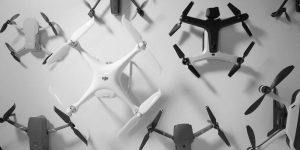


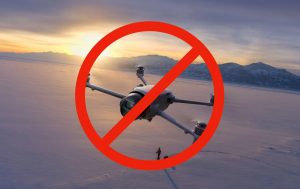
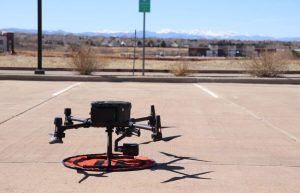

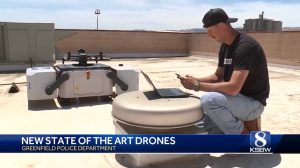


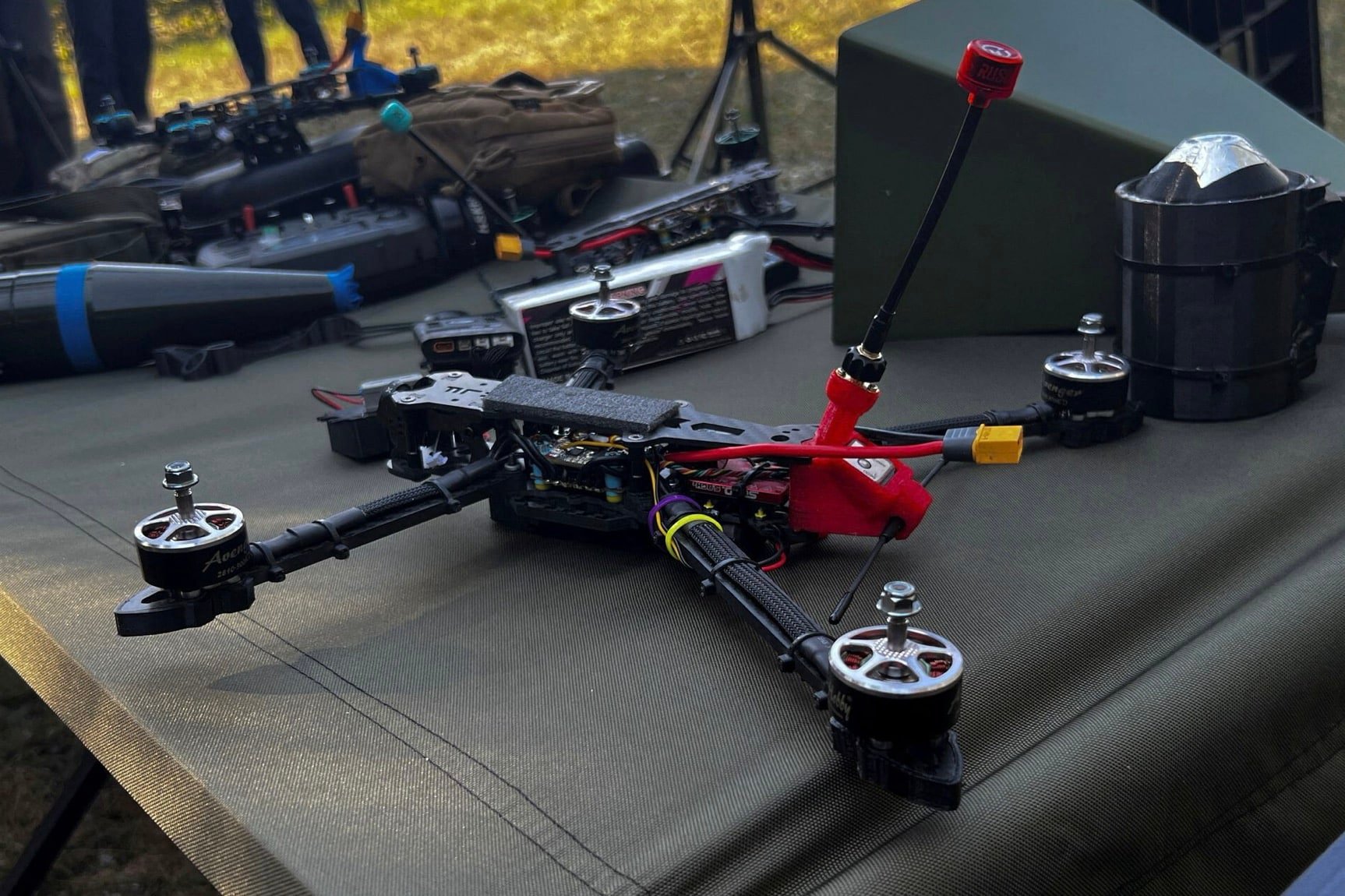
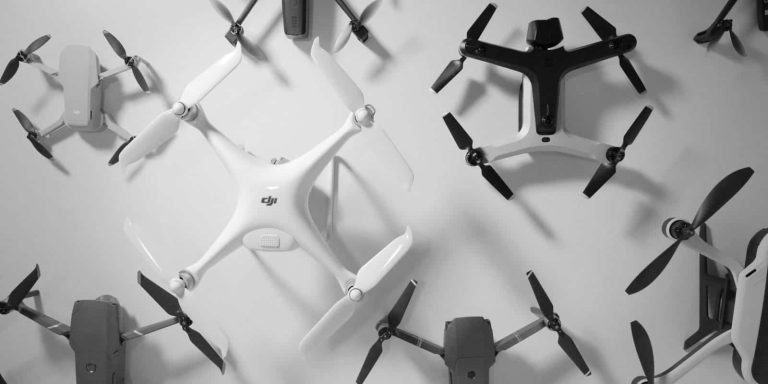




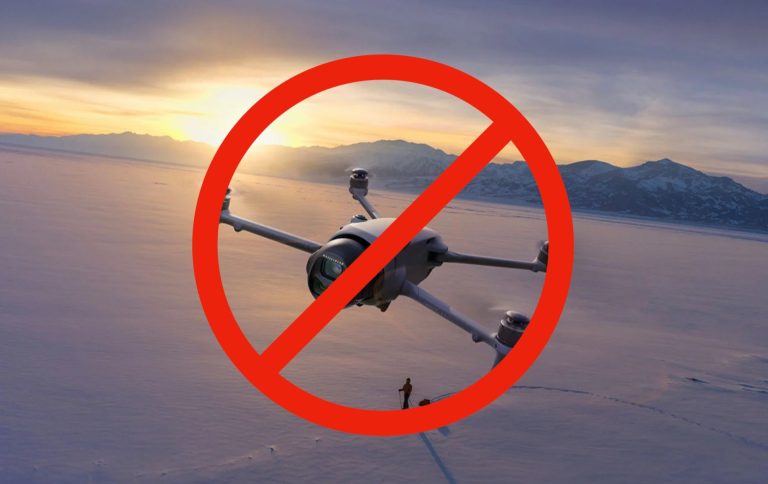
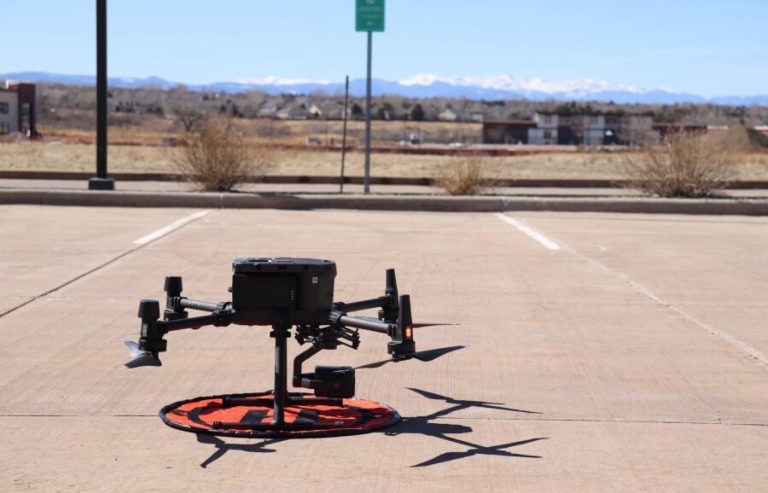
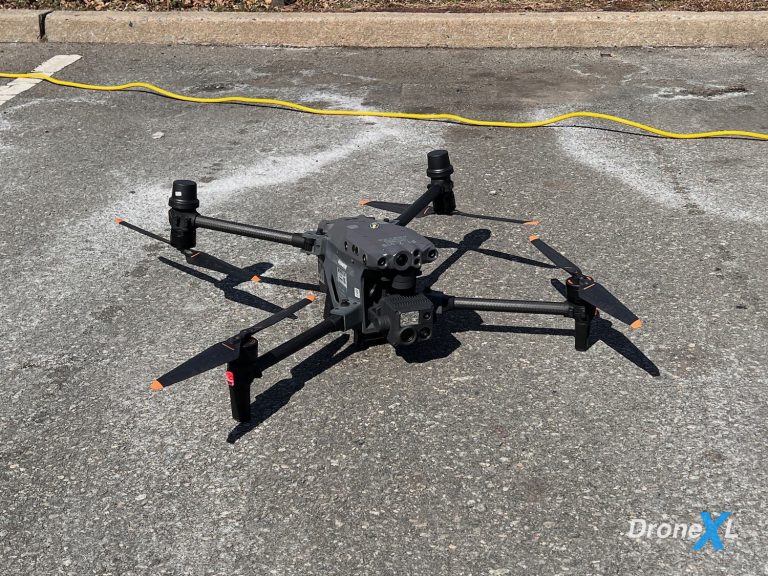


+ There are no comments
Add yours